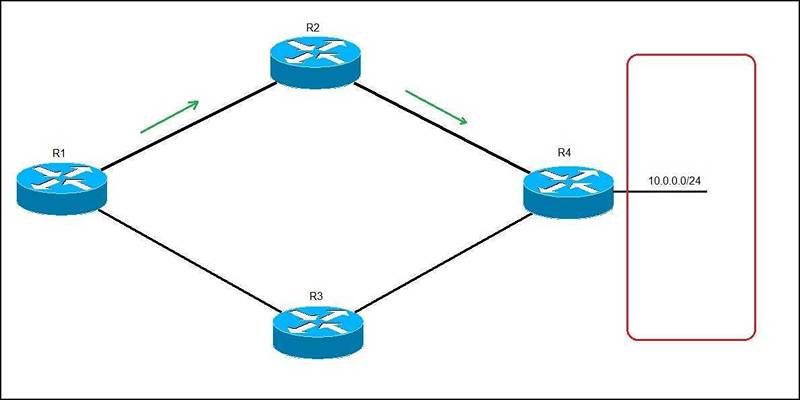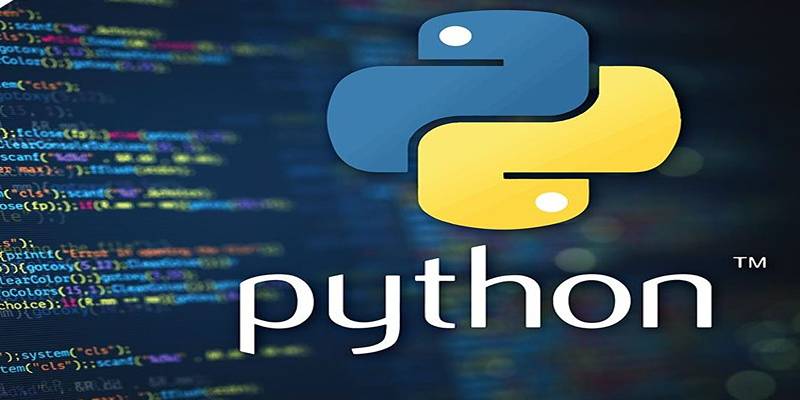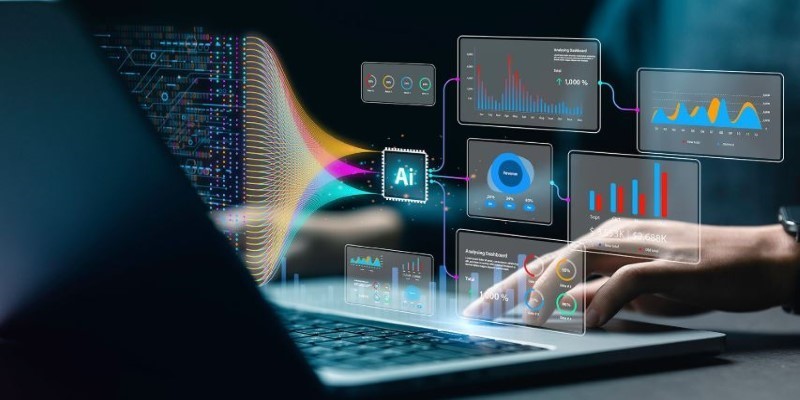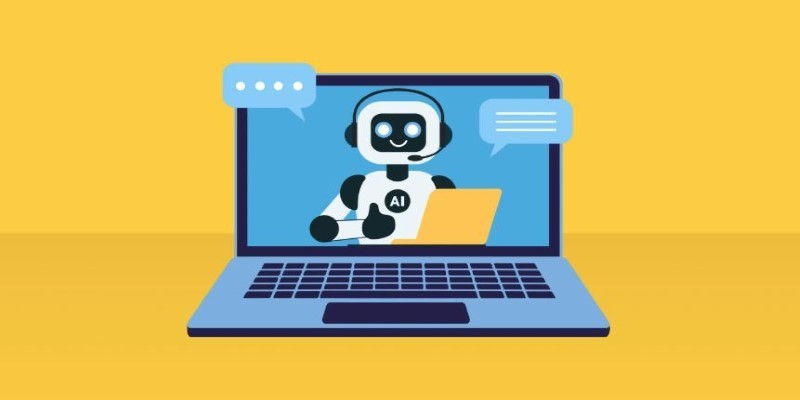Large language models (LLMs) like GPT-4, Gemini (formerly Bard), and Claude are being used more and more. It's becoming clear that there isn't just one model that works for everything. Some are better at giving accurate answers, others at writing creatively, and still others are great at talking about moral and sensitive issues.
This diversity in model strengths has paved the way for a smarter approach: LLM Routing—a method to dynamically assign tasks to the most appropriate language model based on task type, system conditions, or model performance. This post will explore the concept of LLM routing, break down key strategies, and walk through original Python implementations of those strategies.
What is LLM Routing?
LLM Routing is the process of carefully sending different kinds of requests to the best LLM. Instead of using a single model for all queries, a system can determine which model is best for a given task, whether it’s factual, creative, technical, or ethical.
Routing improves:
- Accuracy and relevance of responses
- Performance and response time
- System scalability and cost-efficiency
LLM Routing Strategies
There are several approaches to LLM routing. Let’s take a look at the major ones before we jump into coding.
1. Static Routing (Round-Robin)
It is the simplest method, where tasks are distributed in a rotating sequence across the available models. It’s easy to implement but doesn't account for task complexity or model capabilities.
This method works well when the task volume is uniform, and models are equally capable.
2. Dynamic Routing

Here, routing decisions are based on real-time conditions, such as the current load or availability of models. This approach helps balance the workload and optimize for speed.
Dynamic routing is ideal for high-traffic systems that need to maintain performance under pressure. It adapts automatically to changes in system load, helping avoid bottlenecks.
3. Model-Aware Routing
This approach uses a profile of each model’s strengths (e.g., creativity, accuracy) and routes tasks accordingly. It provides a more intelligent and performance-driven routing solution.
By aligning tasks with specialized models, this strategy improves output quality and user satisfaction. It requires model benchmarking or historical performance data to function effectively.
4. Consistent Hashing
Often used in distributed systems, this strategy routes tasks based on a hash value. It ensures that the same task is routed to the same model consistently. This approach minimizes task redistribution when models are added or removed, making it suitable for scalable environments.
5. Contextual Routing
This advanced technique uses the content or metadata of the task—like topic or tone—to decide which model should handle it. It often involves NLP-based classification or tagging systems to understand the intent behind each input.
LLM Routing Techniques
In addition to strategies, effective LLM routing relies on several key techniques that make routing decisions accurate and efficient.
1. Task Classification
Identifies the nature of a request (e.g., creative, technical, factual) using keyword rules or NLP classifiers, enabling targeted model selection.
2. Model Profiling
Involves rating models based on strengths like creativity, accuracy, and ethics. It helps in matching tasks with the most suitable model.
3. Latency Monitoring
Tracks response time and model load to support dynamic routing. Ensures tasks are sent to the most responsive model in real time.
4. Weighted Distribution
Assign weights to models based on their performance or capacity, ensuring balanced and cost-efficient task allocation.
5. Fallback Logic
Provides backup model options if the primary fails, improving reliability and maintaining service quality.
Python Implementation Examples (Original & Unique)

Let’s walk through how to implement each strategy in Python using mock functions for simplicity. All code here is original and written from scratch for this post.
1. Static Routing (Round-Robin)
# List of mock models
language_models = ["GPT-4", "Gemini", "Claude"]
# Static routing: distribute tasks one by one
def static_round_robin(tasks):
index = 0
total_models = len(language_models)
for task in tasks:
current_model = language_models[index % total_models]
print(f"Task: '{task}' is assigned to: {current_model}")
index += 1
2. Dynamic Routing (Simulated with Randomness)
import random
# Simulate choosing a model based on dynamic conditions
def dynamic_routing(tasks):
for task in tasks:
selected_model = random.choice(language_models)
print(f"Dynamically routed task '{task}' to: {selected_model}")
In a real-world setting, you'd base the choice on metrics like response time, queue length, etc.
3. Model-Aware Routing (Based on Strengths)
# Simulated performance profiles for each model
model_capabilities = {
"GPT-4": {"creativity": 90, "accuracy": 85, "ethics": 80},
"Gemini": {"creativity": 70, "accuracy": 95, "ethics": 75},
"Claude": {"creativity": 80, "accuracy": 80, "ethics": 95}
}
# Select model based on task priority (e.g., 'accuracy' or 'creativity')
def model_aware_routing(tasks, focus_area):
for task in tasks:
best_model = max(model_capabilities, key=lambda m: model_capabilities[m][focus_area])
print(f"Task: '{task}' is routed to: {best_model} based on {focus_area}")
4. Consistent Hashing
import hashlib
# Hash-based routing for consistency
def consistent_hash(text, total_models):
hash_value = hashlib.md5(text.encode()).hexdigest()
numeric = int(hash_value, 16)
return numeric % total_models
def consistent_hash_routing(tasks):
for task in tasks:
idx = consistent_hash(task, len(language_models))
selected_model = language_models[idx]
print(f"Consistently routed task '{task}' to: {selected_model}")
5. Contextual Routing (Based on Task Type)
# Define model specialization
model_roles = {
"GPT-4": "technical",
"Claude": "creative",
"Gemini": "informative"
}
# Determine task type by simple keyword check
def classify_task(task):
if "write" in task or "story" in task:
return "creative"
elif "how" in task or "explain" in task:
return "technical"
else:
return "informative"
# Contextual routing based on task classification
def contextual_routing(tasks):
for task in tasks:
task_type = classify_task(task)
selected_model = next((model for model, role in model_roles.items() if role == task_type), "Unknown")
print(f"Contextually routed task '{task}' to: {selected_model} ({task_type})")
Strategy Comparison Table
Strategy | Task Matching | Adaptability | Complexity |
Static (Round-Robin) | No | No | Low |
Dynamic Routing | No | Yes | Medium |
Model-Aware Routing | Yes | No | Medium |
Consistent Hashing | No | No | Medium |
Contextual Routing | Yes | Yes | High |
Conclusion
As AI applications grow in scope and complexity, LLM routing is becoming a necessity rather than an enhancement. It allows systems to scale intelligently, handle tasks efficiently, and provide better user experiences by letting the right model do the right job.
With strategies ranging from simple round-robin to sophisticated contextual routing—and supported by Python implementations—you now have a foundation to start building multi-model LLM systems that are smarter, faster, and more reliable.











